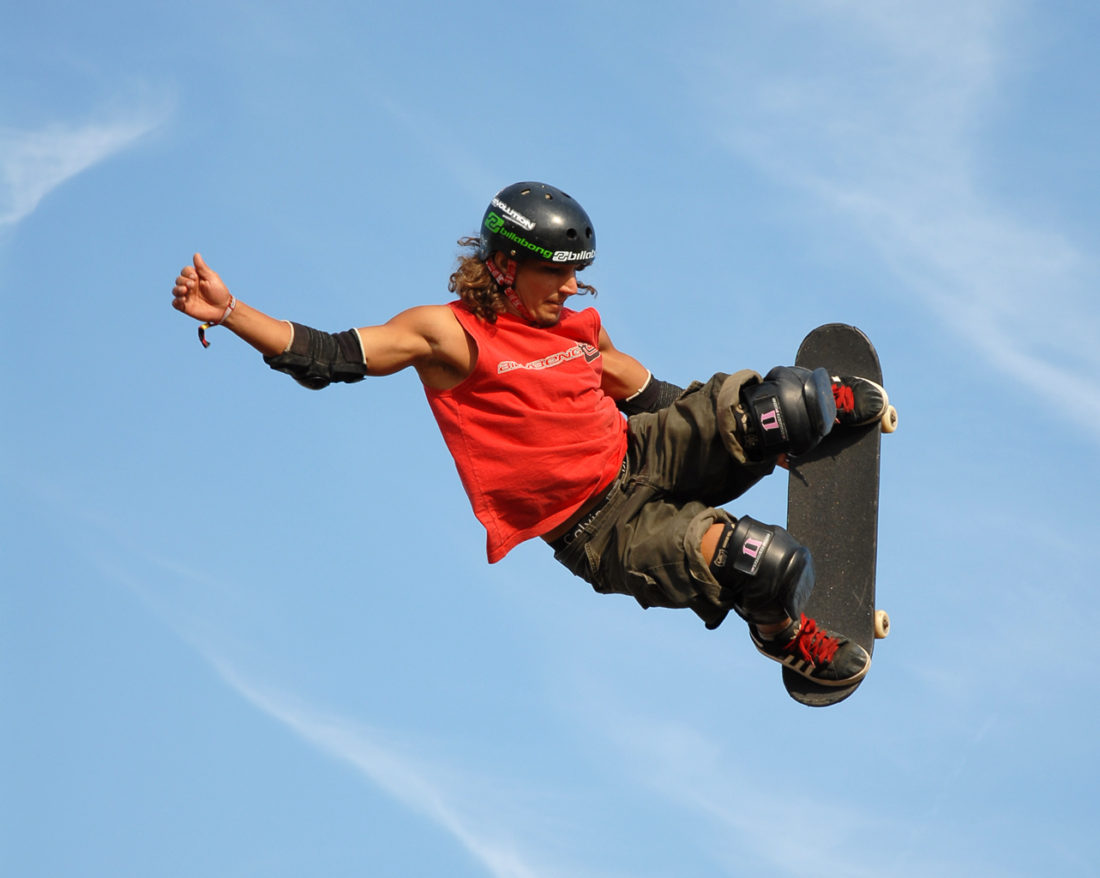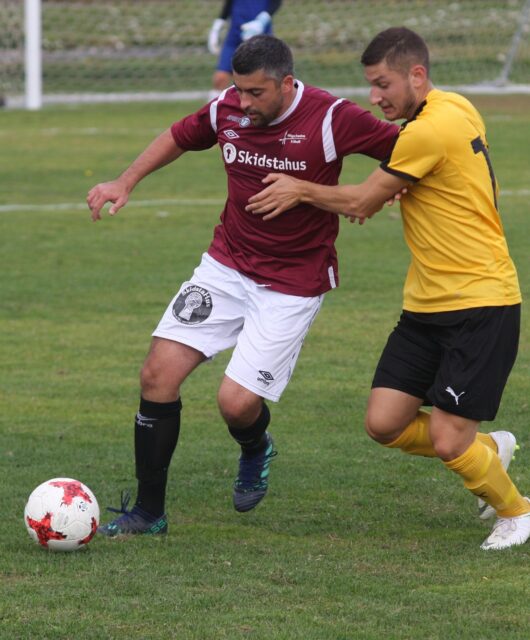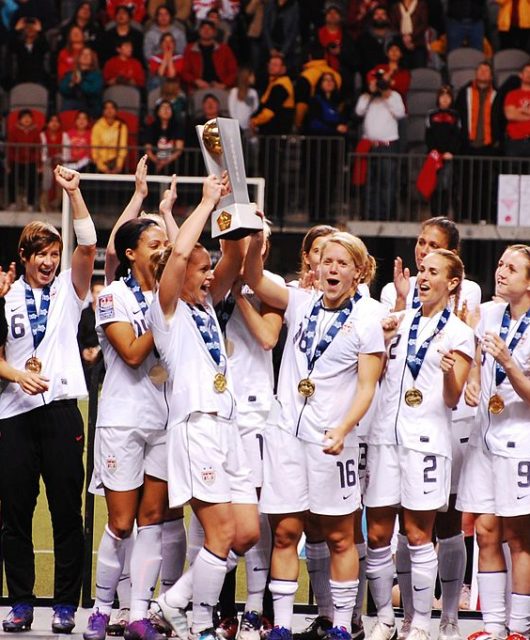Balancing more than one sport: how to make it work
When we were younger, our parents often put us in more than one sport to see which we liked the best. Sometimes, more than a few captured our interest, and because childhood had comparatively fewer responsibilities than adulthood, we juggled them with ease.
Now that you are a teen, you might think you have to drop all but the one you like best – but what if you can’t decide between them? Don’t lose heart, as you can still play multiple sports.

Jack Elway was a dual sport athlete in high school, playing basketball and football for his alma mater. Even if you think you don’t have the talent he does, a little pre-planning and a lot of hard work can help you balance more than one sport at a time.
In this article, we’ll share some tips that can help make this happen.
1) Pick an alternative sport that maintain fitness for the other one(s)
If you want to become a multi-sport athlete, your secondary discipline should compliment the other with its training requirements.
For example, hockey is a very aerobically demanding sport, so when summer rolls around, these athletes should seriously consider playing soccer, as it is almost as taxing.
If the athlete in question wishes to participate in more sedentary sports like baseball to remain connected with their peers, they should pursue training off the field that will maintain their cardiovascular conditioning for training camp in the fall.
2) Choose second sports which encourage the development of useful skills
Second or third sports don’t get in way of a primary sport; in fact, these games can teach skills, movements, and strategic lessons that can improve your performance in your best discipline.
For example, the high speeds at which hockey moves can help you make decisions quicker than in games where the flow of play is slower, like in football or soccer.
The agile movements that a striker employs to evade defenders can help immeasurably in hockey or basketball.
By not limiting yourself to one sport, you allow yourself to become cross-pollinated with physical knowledge that can help you one-up your mono-sport competition.
3) Take care to avoid injury
The one of the biggest worries of college coaches is that their multi-sport athletes will sustain a severe injury in their other discipline. This is a legitimate concern, but one which can be minimized by controlling risk.
While you shouldn’t pull back from making a game saving or winning play, you can reduce your chances of sustaining a serious injury by ensuring your pads fit properly, that you are in the best possible shape for your sport, and by warming up properly before games.
4) Become a time management guru
Another worry is that multi-sport athletes won’t find the time to adequately focus on their studies if they play year-round.
Many assume that the big courses that student athletes take are during their off-season, and while this is true, there are numerous multi-sport athletes that excel in their academics despite being busy in both semesters.
By ruthlessly budgeting your time throughout the school year, you will find time to focus on books, practice, games, and you might even be able to squeeze in a bit of socializing on the side.









